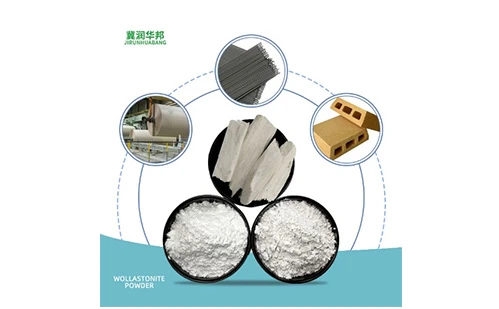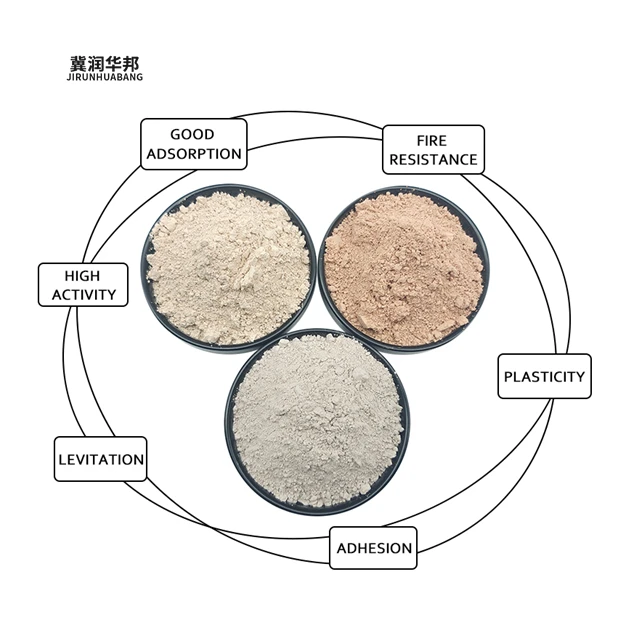Runhuabang tourmaline physical therapy sweat steam aqueous humor treatment with negative ion tourmaline absorption of odor tourmaline particles
Back to list
Feb . 20, 2025 10:31
Polypropylene, often abbreviated as PP, holds a significant place in the world of materials due to its remarkable versatility. Having gained traction since its inception in the mid-20th century, polypropylene's applications span from household goods to complex industrial components. Understanding this material requires an in-depth look at its properties, applications, and advantages to appreciate its increasing prevalence in modern products.
Environmental considerations are increasingly driving material choices. Polypropylene stands out as a more sustainable option; it is recyclable and, with proper facilities, its polymers can be repurposed into new products, thus diminishing its ecological footprint. Advances in recycling technologies have enhanced the efficiency of turning discarded polypropylene into valuable raw material. Moreover, developments in copolymerization have introduced bio-based polypropylene alternatives that blend traditional performance advantages with a reduced environmental impact. In the realm of packaging, polypropylene is a material of choice due to its excellent barrier properties against moisture and contaminants. Its usage in food packaging keeps products fresh without the need for additional preservatives, thereby supporting sustainability goals. Furthermore, the transparency of a specific grade of polypropylene is beneficial for consumer goods packaging, offering an excellent product display without compromising protection. From an industrial perspective, polypropylene's role is indispensable. Its low density, combined with significant rigidity, contributes to reducing material usage while maintaining performance standards, especially in extensive manufacturing operations. It is favored in the production of durable, impact-resistant storage solutions that support logistics and supply chain efficiency. Experts agree that its ability to conform to stringent regulatory standards for safety and health further cements its reliability and trustworthiness in regulated industries. In conclusion, polypropylene's expanding role in contemporary solutions is driven by its inherent properties and adaptability. Its integration across diverse sectors, underscored by its durability, resistance, and adaptability, showcases it as a material that not only meets practical demands but also aligns with a more sustainable future. The continuous innovation in its applications ensures that polypropylene remains at the forefront of product development, offering a material that's as functional as it is forward-thinking.


Environmental considerations are increasingly driving material choices. Polypropylene stands out as a more sustainable option; it is recyclable and, with proper facilities, its polymers can be repurposed into new products, thus diminishing its ecological footprint. Advances in recycling technologies have enhanced the efficiency of turning discarded polypropylene into valuable raw material. Moreover, developments in copolymerization have introduced bio-based polypropylene alternatives that blend traditional performance advantages with a reduced environmental impact. In the realm of packaging, polypropylene is a material of choice due to its excellent barrier properties against moisture and contaminants. Its usage in food packaging keeps products fresh without the need for additional preservatives, thereby supporting sustainability goals. Furthermore, the transparency of a specific grade of polypropylene is beneficial for consumer goods packaging, offering an excellent product display without compromising protection. From an industrial perspective, polypropylene's role is indispensable. Its low density, combined with significant rigidity, contributes to reducing material usage while maintaining performance standards, especially in extensive manufacturing operations. It is favored in the production of durable, impact-resistant storage solutions that support logistics and supply chain efficiency. Experts agree that its ability to conform to stringent regulatory standards for safety and health further cements its reliability and trustworthiness in regulated industries. In conclusion, polypropylene's expanding role in contemporary solutions is driven by its inherent properties and adaptability. Its integration across diverse sectors, underscored by its durability, resistance, and adaptability, showcases it as a material that not only meets practical demands but also aligns with a more sustainable future. The continuous innovation in its applications ensures that polypropylene remains at the forefront of product development, offering a material that's as functional as it is forward-thinking.
Share
Previous:
